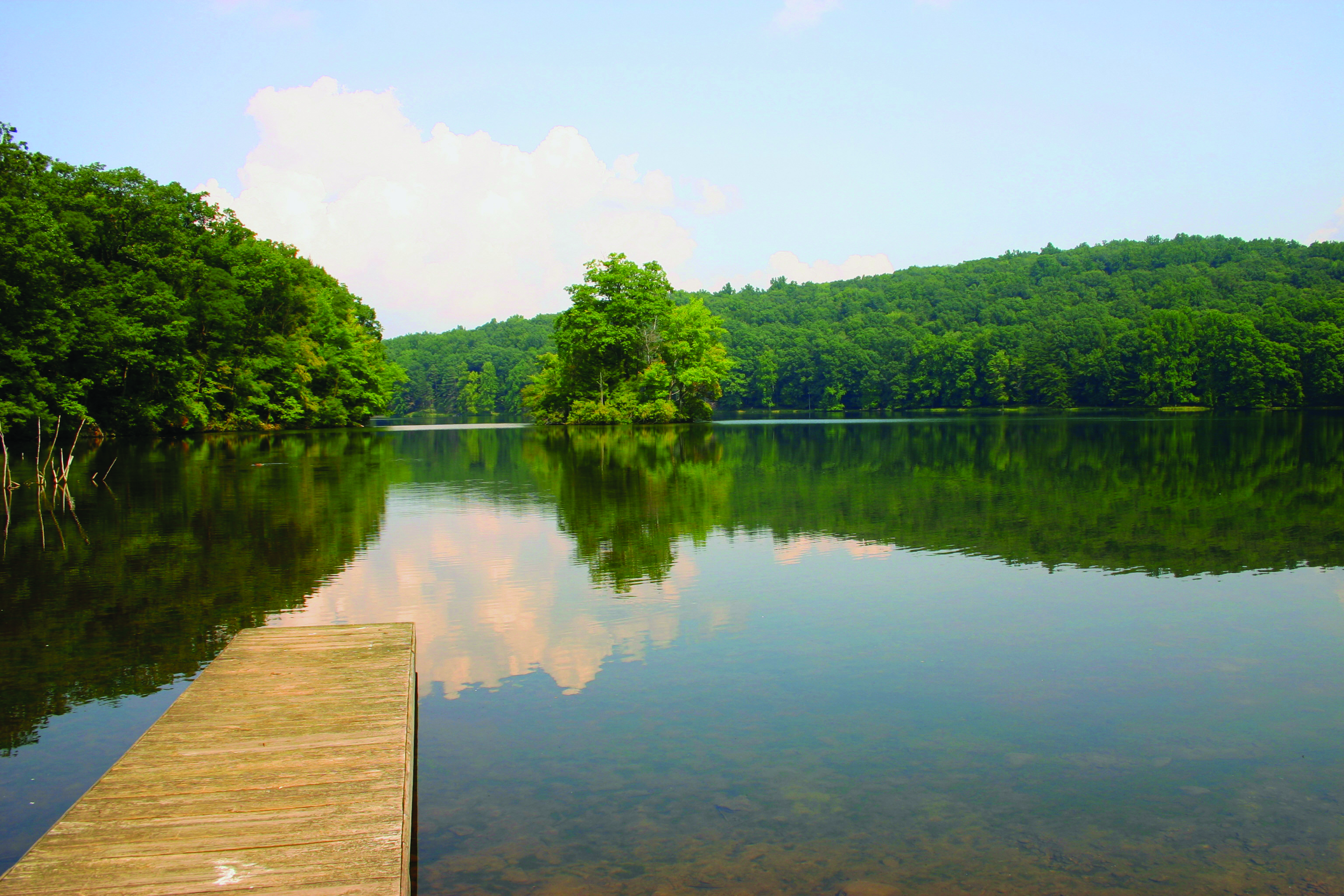
Shoreland zoning attempts to protect water resources by regulating the activities on land adjacent to waterways. Wisconsin law requires counties to adopt and enforce zoning ordinances that meet or exceed the following minimum standards in unincorporated areas. Thirty counties have chosen to update their standards to make them more protective.
1. Lot size: In summary, § NR115.05(3)(a) provides:
- Sewered lots must have a minimum average width of 65 feet and minimum area of 10,000 square feet.
- Septic tank lots, which are lots not served by a public sanitary sewer, must have a minimum average width of 100 feet and a minimum area of 20,000 square feet.
2. Buffer strip: In summary, § NR115.05(3)(c) provides:
- Clear-cutting of trees and shrubs is not allowed in the strip of land from the ordinary high water mark to 35 feet inland.
- One exception exists for a 30foot wide path, for every 100 feet of shoreline, down to the water.
3. Setbacks: In summary, § NR 115.05(3)(b) provides:
- All buildings and structures must be set back at least 75 feet from the ordinary high water mark.
- Exceptions: piers, boat-hoists and nonhuman habitable boathouses are allowed along the shore.
- Setback averaging: If an existing pattern of development exists on both adjacent lots, counties may allow new homes to be built closer than 75 feet from the ordinary high water mark at the same a setback equal to the average setback of neighboring homes. If there is only one adjacent home, the setback may be equal to the average of that home's setback and the required 75-foot setback.
4. Legal nonconformities: Under state statute, administrative code and case law, legal nonconforming structures are addressed in shoreland zoning ordinances:
- Legal nonconformities generally consist of structures built prior to the adoption of the shoreland zoning ordinance.
- There is a provision for the grandfathering of homes, which allows for the continued use of those homes that were built before the county shoreland zoning ordinance was enacted which are located closer to the water than the existing structural setbacks allow.
- Current law authorizes but does not require counties to restrict alterations, additions or repairs to nonconforming structures in excess of 50 percent of the structure's equalized assessed value. See Wis. Admin. Code NR 115.05(3)(e).
- The intent is that over time, the structures will eventually be brought into compliance with the shoreland zoning ordinance. Note: NR 115 contains other standards that must be met including, land division review (NR 115.05(4), minimization of erosion (NR 115.05(3)(d), establishing sanitary regulations (NR 115.05(6)(c).
Resources